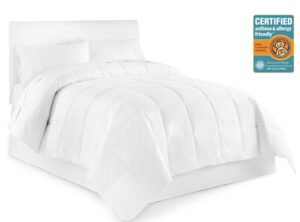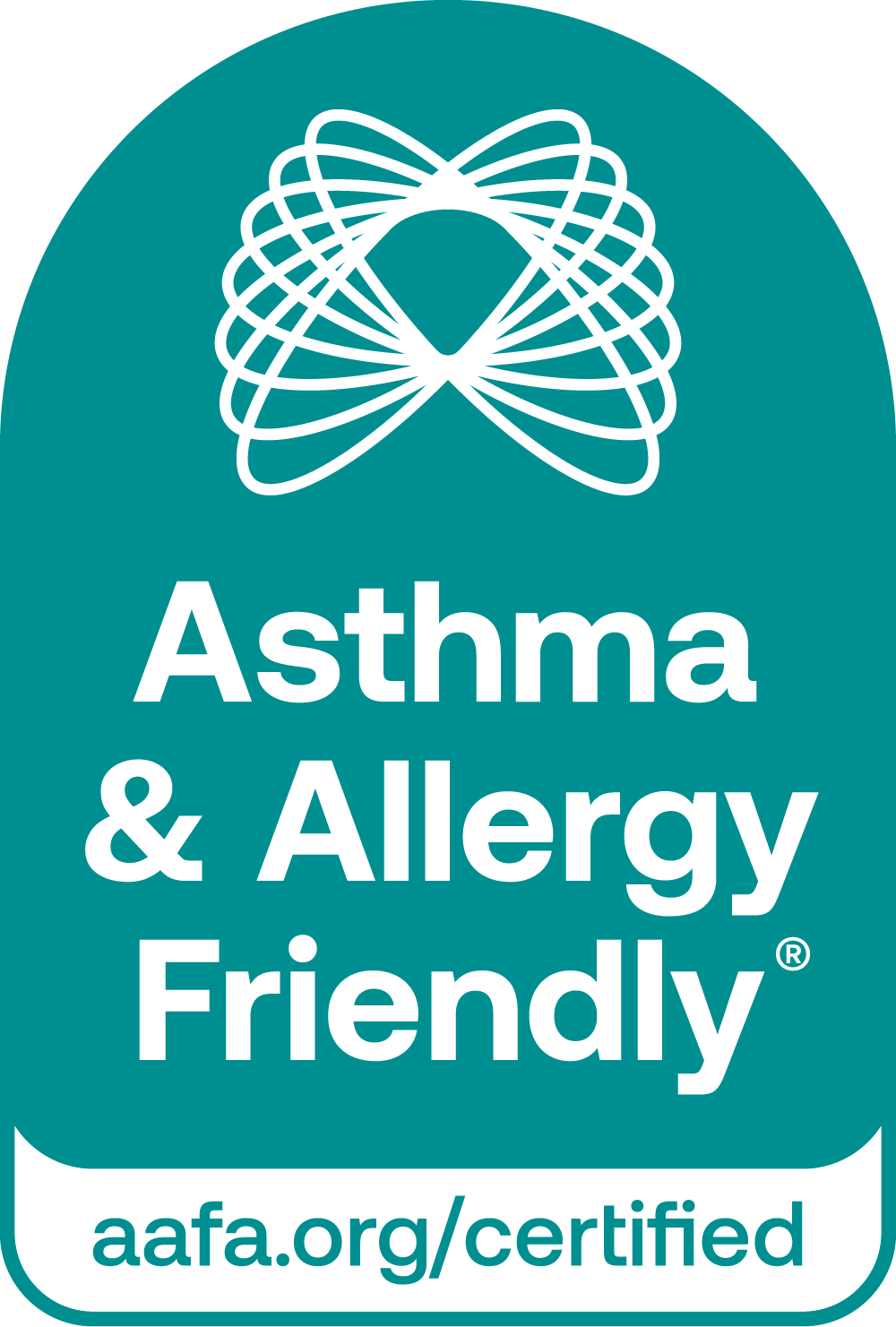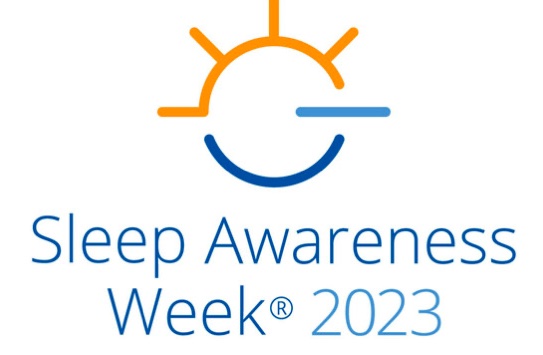As we round out another Sleep Awareness Week, we want to take a few minutes to recognise the profound impact of sleep on our overall health and wellbeing, and how by prioritizing a healthy sleep environment, with a focus on bedding, we can unlock the secrets to quality, restorative rest.
In general, an adult should aim for 7-9 hours of quality sleep each night, while teenagers, children, and infants usually require more than this according to their age. We know that sleep is essential for health: short sleep duration has been linked to weight gain, impaired cognitive function, increased risk of heart disease, and even prediabetes. Conversely, prioritizing good sleep habits can enhance problem-solving skills, memory, and immune function while reducing the risk of depression. At the end of the day: if you sleep better, you feel better and you perform better. Don’t we all strive for that?
So, how do we achieve this often elusive ideal sleep? By creating a Sleep Oasis of course!
Creating Your Sleep Oasis: Practical Steps
A good start is to aim to create a cool, dark and comfortable environment, with healthy air.
- Paint and Decor: Opt for low-VOC paints, preferably third party certified and choose minimalistic décor with easy to clean surfaces to reduce allergens and create a serene atmosphere.
- Mattress and Encasings: Choose mattresses made from non-toxic materials and use third party certified encasings to reduce dust mites and allergens.
- Dust Management: Keep surfaces clutter-free and easy to clean, minimizing dust accumulation. Consider blinds rather than curtains, as these can be regularly wiped down.
- Furniture Selection: Invest in quality furniture with less off-gasing of potentially harmful chemicals, promoting a healthier indoor environment.
- Temperature Control: Maintain a cool, well-ventilated bedroom environment conducive to sleep, ideally between 60-67 degrees Fahrenheit. If it is not possible or practical to open a window, then a third party certified air purifier will help.
- Regular Cleaning: Vacuum and dust the bedroom frequently, using third party certified vacuum cleaners and cleaning products to trap allergens and reduce pollutants.
- Establish a Routine: Develop a bedtime routine to signal to your body that it’s time to unwind and prepare for restorative sleep, avoiding screens, caffeine and strenuous exercise close to bedtime.
Practical Tips for Bedding
Bedding plays a pivotal role in fostering a sleep-friendly environment. Not only does it impact comfort, but it also influences allergen exposure, temperature control and overall sleep quality.
- Invest in Quality: Opt for bedding made from high-quality materials that can withstand regular washing to reduce allergen build-up.
- Maintain Cleanliness: Regularly launder bedding to remove allergens and ensure a fresh, clean sleep environment.
- Consider Allergen Barriers: Use mattress and pillow encasings to create an additional barrier against allergens like dust mite allergen. The house dust mite allergen is the most common trigger of indoor allergies and can lead to long-term poor quality sleep by causing itchy skin, rashes, stuffy nose, wheeze or sore eyes.
- Chemical Sensitivities: Check for chemicals used in bedding that can cause sensitivities or allergic reactions.
Unregulated Health Claims
When it comes to choosing bedding, navigating through buzzwords like “hypoallergenic” can be difficult. Despite its reassuring connotations, the reality is that this term is not supported by federal regulations. Neither the Food and Drug Administration (FDA) nor the Consumer Products Safety Commission (CPSC) has established a standard for what constitutes as hypoallergenic bedding. In fact, the FDA has said the following in relation to cosmetics: “There are no Federal standards or definitions that govern the use of the term “hypoallergenic.” The term means whatever a particular company wants it to mean.”
This regulatory gap leaves the door wide open for companies to freely label their products as hypoallergenic, regardless of whether or not they’ve undergone scientific testing. Essentially, “hypoallergenic” has become little more than a marketing strategy. Amidst these ambiguous claims, discerning between genuine health benefits and mere “well-washing” tactics can become confusing.
Certified Solutions for Healthy Sleep
 Third party certifications can safeguard against the issue of unregulated health claims as long as they subject the bedding to scientific testing. Our Asthma & Allergy Friendly® Certification Program, run in collaboration with the Asthma and Allergy Foundation of America, tests multiple important factors for bedding. Certified bedding products are scientifically tested to demonstrate the following:
Third party certifications can safeguard against the issue of unregulated health claims as long as they subject the bedding to scientific testing. Our Asthma & Allergy Friendly® Certification Program, run in collaboration with the Asthma and Allergy Foundation of America, tests multiple important factors for bedding. Certified bedding products are scientifically tested to demonstrate the following:
- Outer fabric effectively blocks allergens (e.g. dust mite allergen) from passing through
- Fabrics are “breathable” for comfort
- Bedding is easily cleaned to remove allergen accumulation
- Products withstand the wear and tear of the recommended cleaning techniques; and any chemicals that are known to be irritants to the skin are either not present, or are present at such a low level that they are unlikely to cause a problem
By voluntarily submitting their bedding products for independent testing, bedding from Downlite, Sijo, Pegasus Home Fashions, Keeco, Wicked Sheets, Royal Heritage Home, Hollander and Protect-a-Bed have all earned the Asthma & Allergy Friendly® Mark.
The Importance of Sleep Hygiene: Nurturing Your Whole Sleep Environment
While bedding is key to achieving optimal sleep, it does requires more than just hitting the pillow – it entails creating a whole bedroom environment conducive to rejuvenating rest. This is the concept of sleep hygiene. It maintains that a regular sleeping routine, combined with avoidance of certain practices that can wreak havoc on our sleep, can work wonders in improving what is one of the most important tasks in our lives.
By prioritizing certified bedding and other products which contribute to that healthier sleep environment such as low VOC paint, vacuum cleaners and air purifiers Certified by the Asthma & Allergy Friendly®Certification Program, consumers can rest assured that their sleep environment is optimized for health and wellbeing.
So, let’s make Sleep Awareness Week the starting point for creating healthier sleep habits and environments.

